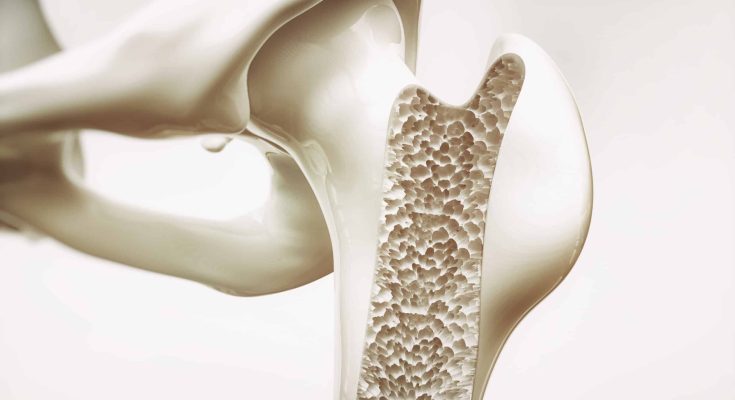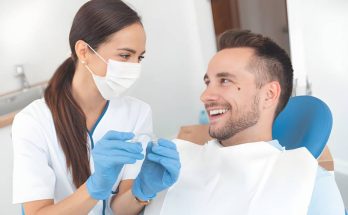Aging is a natural part of life. With the passage of time, our bodies experience a variety of changes. One of the changes that often go unnoticed is the gradual loss of bone density. This can diminish bone density and heighten the chances of sustaining fractures. Unfortunately, most people don’t realize this until it becomes a serious problem.
Maintaining bone health is important for individuals of all ages, not solely for the elderly. It starts to decline silently in our 30s and continues over time. If not addressed early, it can lead to conditions like osteopenia or osteoporosis. Understanding how aging affects bone density is the first step to preventing long-term damage.
Why Bone Density Declines With Age
Bones are living tissues. They constantly break down and rebuild. In our younger years, the rebuilding process is strong. As individuals grow older, the body tends to lose a greater amount of bone than it produces. This alteration leads to a reduction in bone density and strength.
There are many reasons for this change:
- Hormonal shifts, especially in women subsequent to menopause
- Reduced physical activity
- Poor nutrition
- Lack of sunlight or vitamin D
These factors together contribute to a gradual reduction in bone mass. Because it happens gradually, many people don’t notice until they suffer a fracture or injury.
New Approaches to Bone Health Support
Traditional methods like calcium supplements, exercise, and vitamin D intake are helpful. But modern science is also exploring new ways to support bone health naturally. One such method is FDA approved red light therapy, which has gained attention for its potential role in promoting bone regeneration.
This form of therapy uses low-level light to reach deep tissues, stimulating cells and improving circulation. Some studies suggest it may support the bone healing process and improve bone strength when used consistently. While more research is ongoing, it’s an exciting, non-invasive option that some health experts recommend alongside other treatments.
Signs of Low Bone Density
It’s hard to detect bone loss without a scan. However, some signs can hint at weakening bones:
- Back pain or changes in posture
- Loss of height over time
- Bones that break easily from minor falls
- Fatigue or limited mobility
If you notice any of these signs, it’s important to speak to a healthcare provider. Early testing can help catch bone density issues before they become severe.
How to Protect Your Bones as You Age
The good news is that you can slow down bone loss. With the right habits and care, it’s possible to keep your bones healthy for years to come.
- Stay Active
Weight-bearing exercises are excellent for bone health. Walking, jogging, dancing, and strength training help stimulate bone growth. Aim for at least 30 minutes of activity most days.
- Eat a Bone-Friendly Diet
Your diet plays a key role in maintaining strong bones. Make sure you get enough:
- Calcium – Found in dairy, almonds, leafy greens, and fortified foods.
- Vitamin D – Helps your body absorb calcium. Get it from sunlight, fatty fish, or supplements.
- Protein – Essential for bone structure.
Avoid excessive salt, soda, and caffeine, as they can affect calcium levels.
- Avoid Smoking and Excessive Alcohol
Both smoking and heavy drinking are linked to lower bone density. They interfere with the body’s ability to absorb nutrients and slow down bone rebuilding.
- Get Regular Checkups
Bone density tests (DEXA scans) can measure how strong your bones are. Women over 50 and men over 70 are often advised to get checked. Early detection can lead to better prevention and treatment.
Emerging Therapies and Technology
Apart from diet and lifestyle, science continues to develop new ways to protect bone health. Some examples include:
- Hormone replacement therapy (HRT) for women post-menopause
- Bisphosphonate medications to slow bone loss
- Red light therapy for healing support and potential bone stimulation
- Electrical bone stimulation devices used after fractures
Each approach has its pros and cons. Always talk to a doctor before starting any new therapy.
The Role of Balance and Fall Prevention
Bone strength is only one part of the equation. Preventing falls is just as important. A fall can cause serious damage, even if bone density is only slightly reduced.
To reduce your fall risk:
- Keep your home clutter-free
- Install grab bars in the bathroom
- Use proper lighting
- Wear supportive shoes
- Do exercises to improve balance, like yoga or tai chi
These small steps can make a big difference, especially for seniors living alone.
Final Thoughts
Bone loss is often called the “silent thief” because it works in the background, slowly weakening your bones without warning. But you don’t have to wait for a fracture to take action.
Aging may be inevitable, but fragile bones are not. By staying active, eating well, exploring new technologies like FDA approved red light therapy, and checking your bone health regularly, you can stay strong and mobile for years to come.




